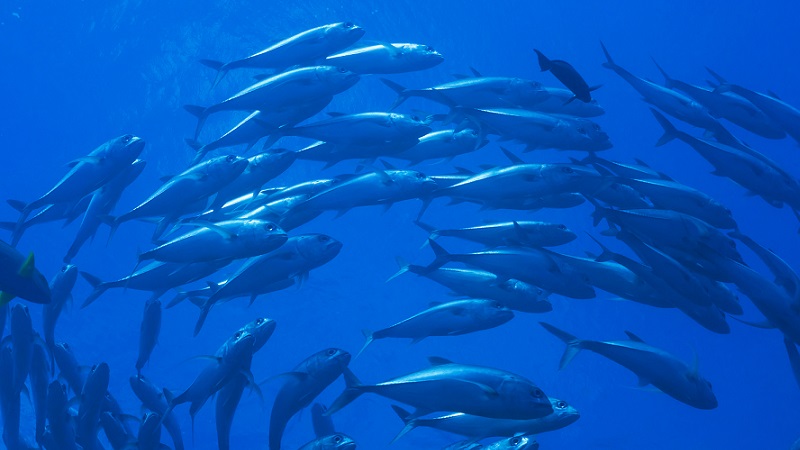The Chinese seafood market: Opportunities and challenges for Australian exporters
June 28 2018

The rapid changes in China’s economy and society since the reform period have generated strong opportunities for exporters of natural resources, and Australian seafood exporters have responded accordingly. Australian seafood products now have a significant presence in the Chinese seafood market, characterised in particular by high-value products such as rock lobster and abalone. With the Chinese seafood market expected to continue to grow, and the ongoing implementation of the China-Australia Free Trade Agreement (ChAFTA) the potential for Australian seafood exporters to continue to do very well is very high. However, several significant challenges face Australian seafood suppliers that mean that whether or not this potential is fully realised is an open question. This report examines the challenges and opportunities facing Australian exporters of seafood to China.
The first part of the report focuses on the Chinese seafood market. Chinese seafood consumption has rapidly increased in recent years, driven by urbanisation and higher incomes (Zhou et al., 2014). By 2030 it will account for approximately 38 percent of global food fish consumption (Kobayashi et al., 2015). While Chinese consumer preferences have traditionally been strongly associated with fresh and live seafood, there is increasing demand for diverse types of frozen seafood and imported seafood. Such demand is also strongly associated with a desire for high-quality seafood. While awareness and interest in environmental sustainability issues is growing, demand for sustainably produced seafood is strongly outweighed by concerns about health and food safety. To meet this growing demand for high-quality seafood, China continues to produce a significant amount of its own seafood, but imports are likely to continue to rise. Much imports continue to be traded through informal channels (mostly Hong Kong and Vietnam) and this grey trade continues to be a significant barrier to seafood traceability and regulation in China.
The second part of the report shifts the focus to Australia. Dominated by rock lobster and abalone, Australian exports have grown significantly in recent years and they now have an established presence and reputation in the Chinese market. The ongoing implementation of ChAFTA appears to be driving a rapid increase in direct trade to China, notably an increase from $85 million in 2016 to $358 million in 2017. However, in order for ChAFTA to fully deliver on its potential, a range of significant non-tariff barriers need to be addressed. While declining, the informal or grey trade poses a range of commercial and reputational risks for Australian exporters, and addressing the non-tariff barriers to ChAFTA should be a priority for the government. Because of their reputation for high-quality, safe and well-managed product, Australian exporters are generally very well-positioned to respond to any emerging demand for environmentally-sustainable seafood in China. While the future of Australian seafood exports to China overall looks positive, greater diversification to hedge against the risks associated with heavy reliance on the Chinese market, as well as developing new forms of value-added production are important areas for the Australian seafood export sector to consider.
Author: Dr Michael Fabinyi is a Senior Lecturer at the University of Technology Sydney. Before moving to UTS in 2016 he was based for seven years at the Australian Research Council Centre of Excellence for Coral Reef Studies at James Cook University. His research expertise includes the social aspects of marine resource use and trade, the role of China in global fisheries, and coastal livelihoods in Southeast Asia.
To read the full paper please download the PDF.
Authors
|
Michael Fabinyi Senior Lecturer, School of Communication, University of Technology Sydney 
|
|---|
